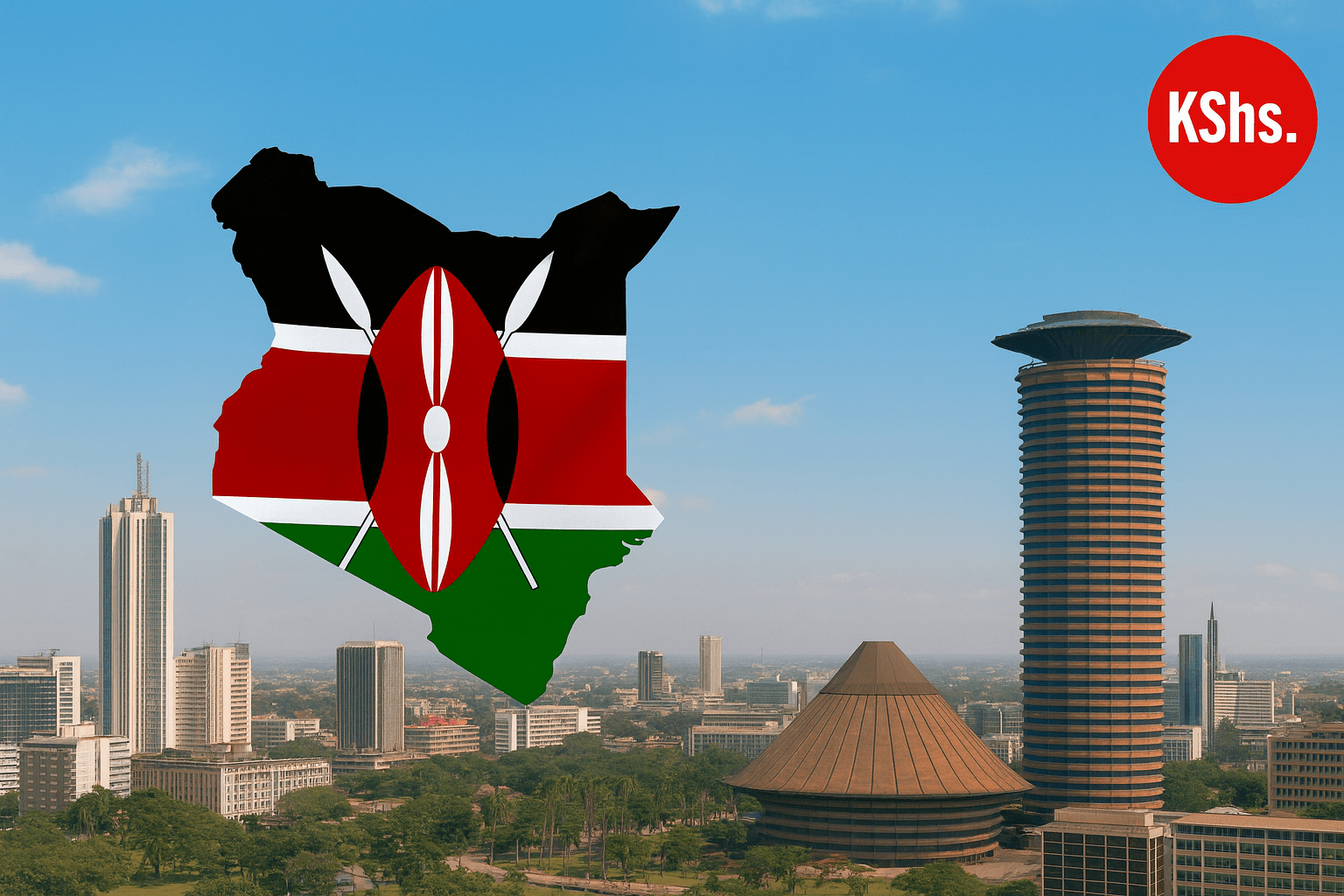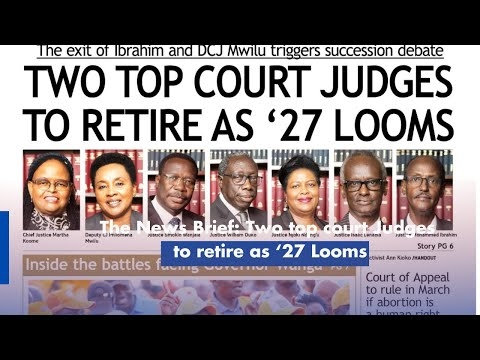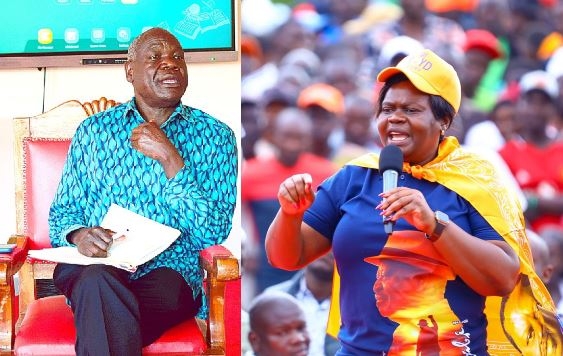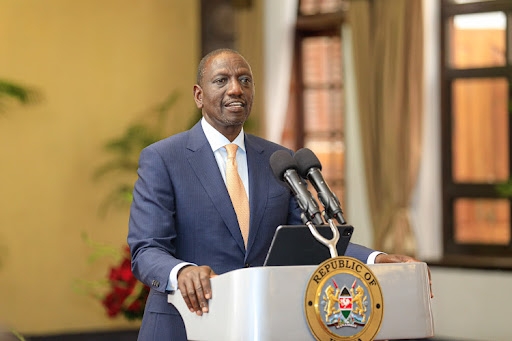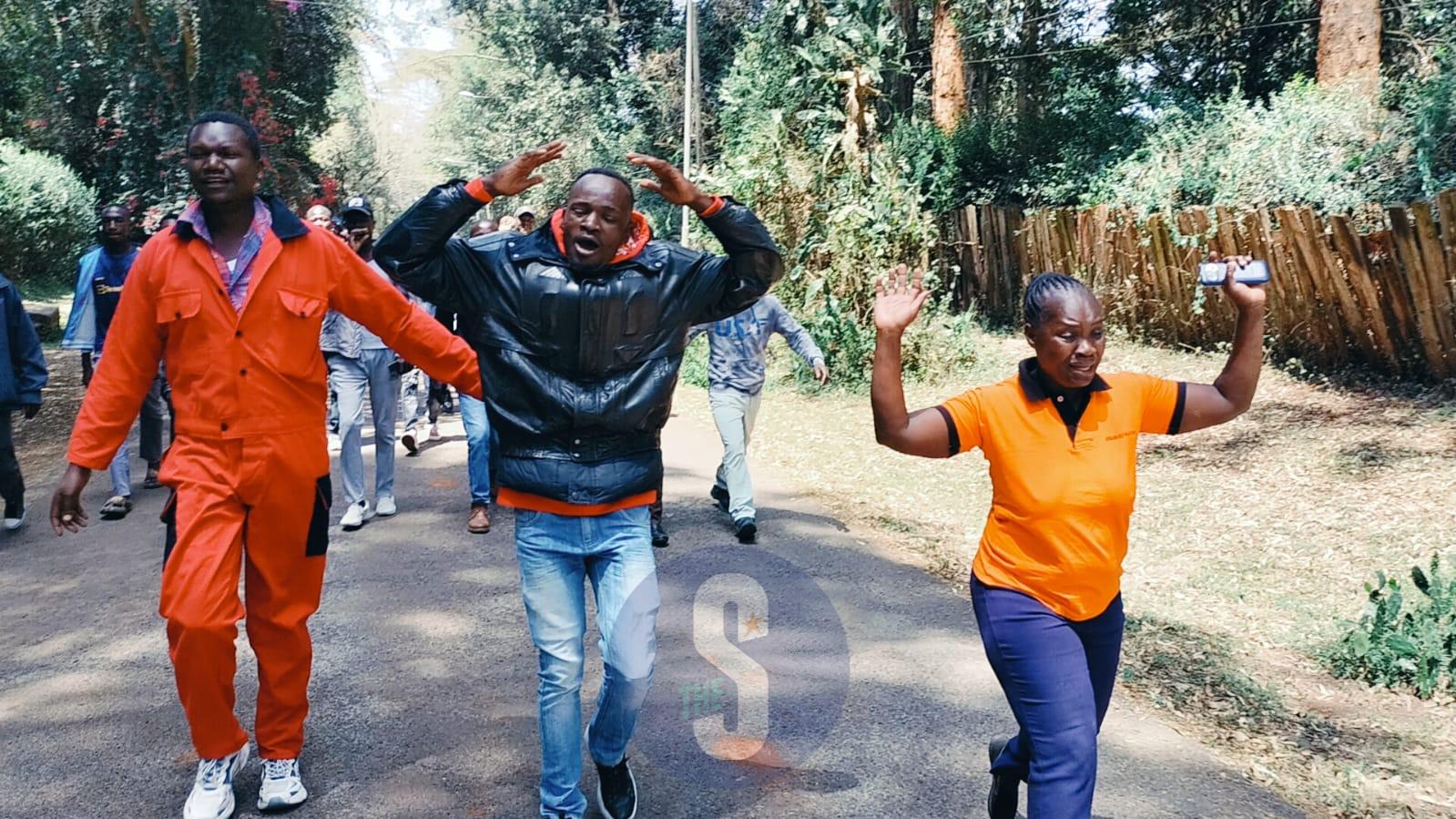 Raila Odinga supporters seen matching towards his Karen Home after news of death while receiving treatment in India on October 15,2025/ENOS TECHE
Raila Odinga supporters seen matching towards his Karen Home after news of death while receiving treatment in India on October 15,2025/ENOS TECHE
When the news of the death of Jomo Kenyatta broke at around 1pm on August 22, 1978, activities, especially at the Nairobi’s CBD came to a stand still, with most shops closed in his honour.
Decades later on Wednesday, most shops and activities have slowed down in major towns across the country on the news of passing of former Prime Minister Raila Odinga.
Kenyans across the country, especially in his support belt in Western, Nyanza, Nairobi and Coast regions poured into the street with chants to mourn him.
Supporters in Kisumu, Homa Bay, Migori and Kisii counties have filled the town with long columns of boda boda riders wailing.
On the day of Kenyatta’s death, the BBC said “shops and offices in the capital, Nairobi and other cities closed for the day as a mark of respect.”
“In public appearance a day earlier, the BBC reported, “Kenyatta, 89, appeared to be in good health so news of his death has come as a shock to most Kenyans.”
However, the previous week, the outlet said, he had called a family conference in Mombasa leading to speculation about his health.
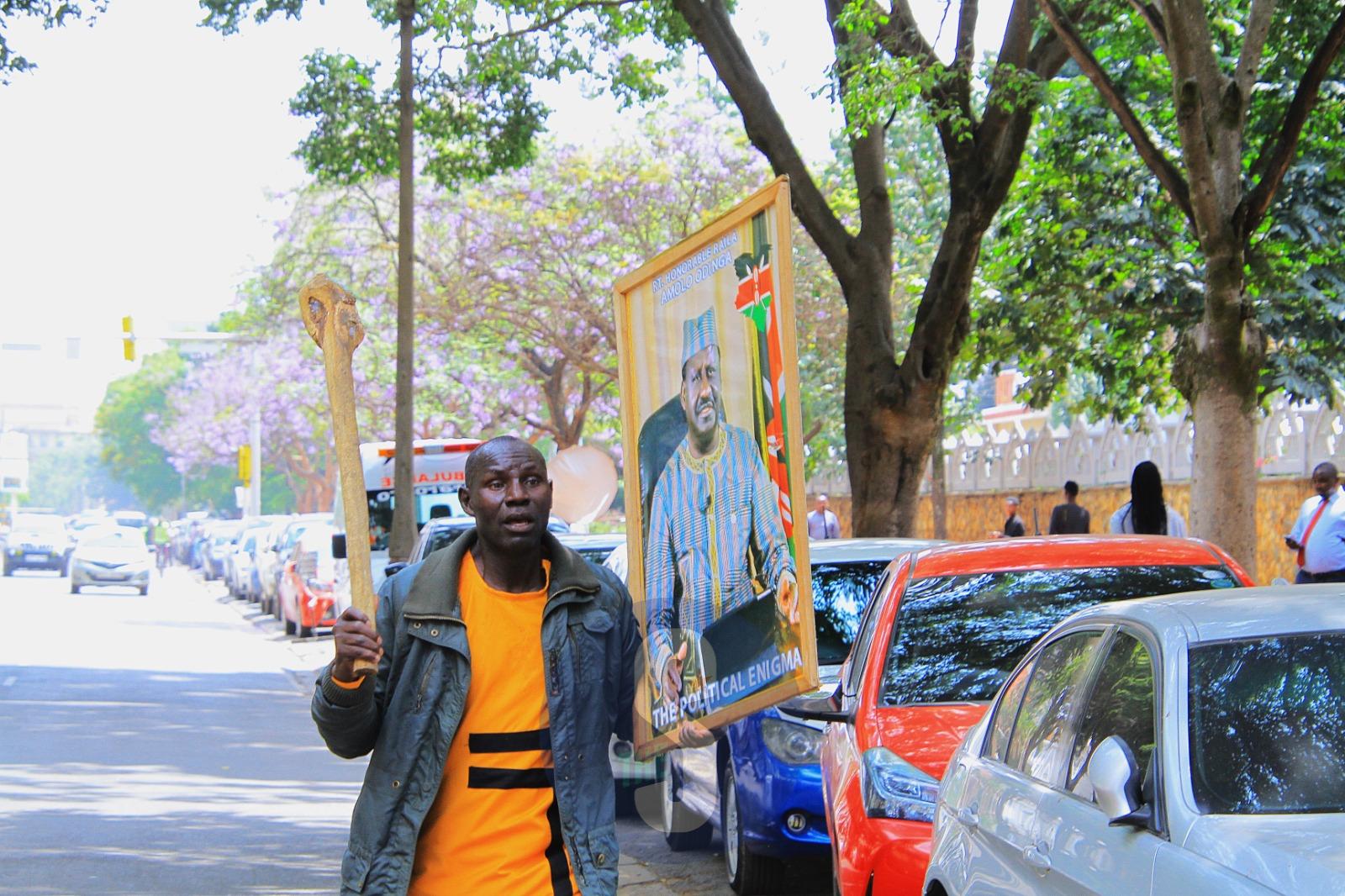
Learning got disrupted at Kisii National Polytechnic as students broke out in emotional chants of grief.
Historian Kenneth Mangure says the reception of the news of the passing of the ODM boss is only comparable to the one on the death of Kenyatta even though the information movement at the two epochs are different.
“The current times news moves quite fast. In the Kenyatta era in 1978, the death happened at around midday and the country had to wait for the information through the VoK which broke it at 1pm and only gave half-hourly update,” he said.
“In between, the station played national patriotic rendition. Compare that to the wall-to-wall coverage we are getting and the general dampened mood we are experiencing,” the historian said.
For 76 years old Mwangi Abdi, an archivist, the difference between the public reaction between Kenyatta and Odinga was the fact that Raila was a populist politician.
Though his precise date of birth was not known, Kenyatta must have been well into his eighties at the time of his death.
According to presidential library that is archiving the histories of dignitaries, Kenyatta had previously suffered a heart attack in 1966 and in the mid-seventies would lapse into periodic comas. Kenyatta was buried on August 31, 1978, in Nairobi, at the mausoleum in the grounds of Parliament. He was accorded a full State funeral.
Vice President Daniel Arap Moi assumed office as acting President and later became Kenya’s second President. He pledged to continue Kenyatta's good work - under a philosophy he called ‘Nyayo’ a Swahili word for 'Footsteps'.
The deaths of former presidents Mwai Kibaki and Daniel Moi were also received differently.
Though there were a general dampened feeling and air of grief around the country, their advanced age and having served in position of power may have tempered the reactions.
President Moi died on February 4, 2020 in Nairobi and was buried at Karabak on February 12, 2020.
He was given a hero’s farewell on February 11, which was declared a national holiday at a State Funeral held at Nyayo National Stadium.
Before the funeral, his body lay in state at Parliament buildings where thousands of Kenyans flocked to get a last glimpse of the man described as an ‘an icon, a legend and a philosopher’ in his official funeral booklet.
His funeral, led by then President Uhuru Kenyattta, was attended by more than 30,000 people, including current and former Heads of State from East Africa and other parts of the continent.
News on the passing of President Mwai Kibaki equally broke in the morning of April 22, 2022, sending the nation to mourning. The public reaction was not as dramatic as what the country is experiencing currently.
"The late former President's administration conceptualised and spearheaded a transformation in crucial sectors such as education through the globally lauded free primary education programme, infrastructure developments in transport and energy and the increasing the availability and access to healthcare,” Uhuru said as he made the announcement to the nation.


